Learning to Make a Fabric Covered Buckram Hat
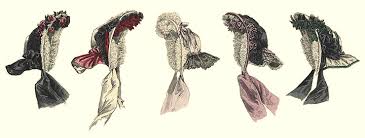
by Lynne Taylor-Seavers, First published for the March/April 2006 issue of Finery

One of the first millinery projects I ever worked on was a fabric covered buckram hat. As a matter of fact, I took the class at a GBACG workshop. It was my very first contact with GBACG and the costuming community that I now know and love, but that’s another story. I had just started out in millinery and wanted to learn everything I could, so I came to the class and set out on a millinery adventure.
Making hats from buckram (a woven foundation fabric made stiff from glue) and a flat pattern is not a new idea; this method of creating a hat goes back centuries. Buckram is used as a foundation material and usually has millinery wire sewn to the edge of the pieces that will form a sturdy framework for your fabric hat. The frame pieces are underlined and covered smoothly with a fashion fabric outside. Then you attach your pieces and “voilà!” – a clever chapeau. Sounds simple enough, right?
First off, the patterns can be a little confusing as they have no seam allowances, this allows the milliner to use the pattern for both the foundation buckram pieces and the fabric covering, adding seam allowances where needed. Only a couple of areas of the foundation frame will need seam allowance, the fashion fabric is different. This is where careful reading or following your instructor’s directions is essential. You can easily mess up expensive materials if you don’t pay attention to the directions.
The flat pattern pieces have markings that need to be transferred to your buckram foundation pieces and to the fashion fabric too; these markings allow you to line-up the sections of your hat accurately. Make sure to mark all the pieces carefully as instructed, this is VERY important. That first project of mine – it’s still not done. It stands as a monument to this very lesson. I take it with me to the classes I teach now to show my students what happens when you don’t mark your pieces carefully. That ugly, lopsided, unfinished green velveteen riding hat keeps me humble, and it reminds me to mark my pieces very well.
The wiring of the buckram hat frame can be a challenge, too. That is where a good zigzag sewing machine comes in handy. I use the machine to wire all my buckram edges, I find it faster. Mastering this technique on your machine can be frustrating, but if you have perseverance you will triumph. I’m not a very patient person so if I can do it, you can too.
Did I mention the curved needle? Oh yes, the dreaded curved needle-instrument of hand sewing torture. Way back in that first class I received a curved needle in the kit. I thought, “What the heck will I need this for? I’ll never use it.” Again, I was wrong. Hats can consist of awkward angles, so learning to use the curved needle when doing a hat project has been a very useful trick. Not mandatory, but helpful and it makes life easier.
The fashion fabric used to cover the frame is mostly cut on the bias; this is so you can get the stretch needed to make your fabric covering nice and smooth. Bias cut fabric hugs the curves of a hat. So when working on a fabric covered buckram hat, knowing to use the bias to your advantage is a very helpful thing. The more helpful tips you learn, the easier the hat making process becomes.
After I made that first fabric covered buckram hat, I swore I’d never do it again. I focused on the mistakes, remembering all the problems I had. After I started making costumes for myself, I found it absolutely necessary to be able to do this type of millinery, so I reluctantly took more classes and made more hats. After much practice can now proudly say that I can pop off a fabric covered buckram hat quickly and easily.
When I look at that little green velveteen riding hat, instead of seeing a mess of problems and mistakes, I think of all I have learned from it. Mastering this technique is very rewarding; the biggest plus is getting to wear the fabulous hats that I’ve made. I even make them for other costumers and teach the technique in workshop classes. Talk about adventure!
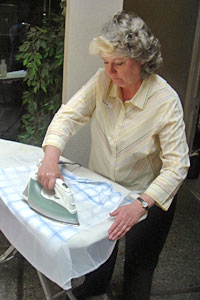
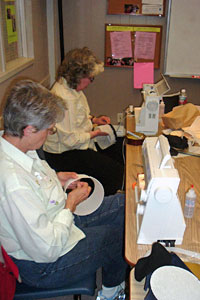

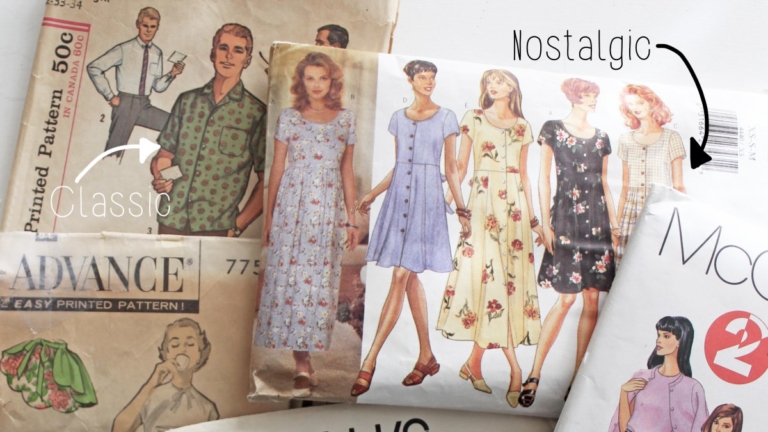
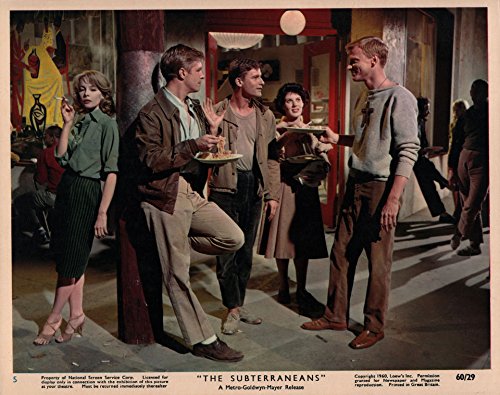
Susan erlich
What do I use to stiffen the buckram hat? Can u give the name of a product? Thk you